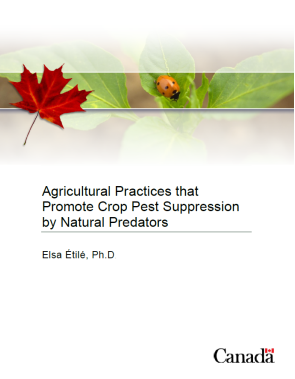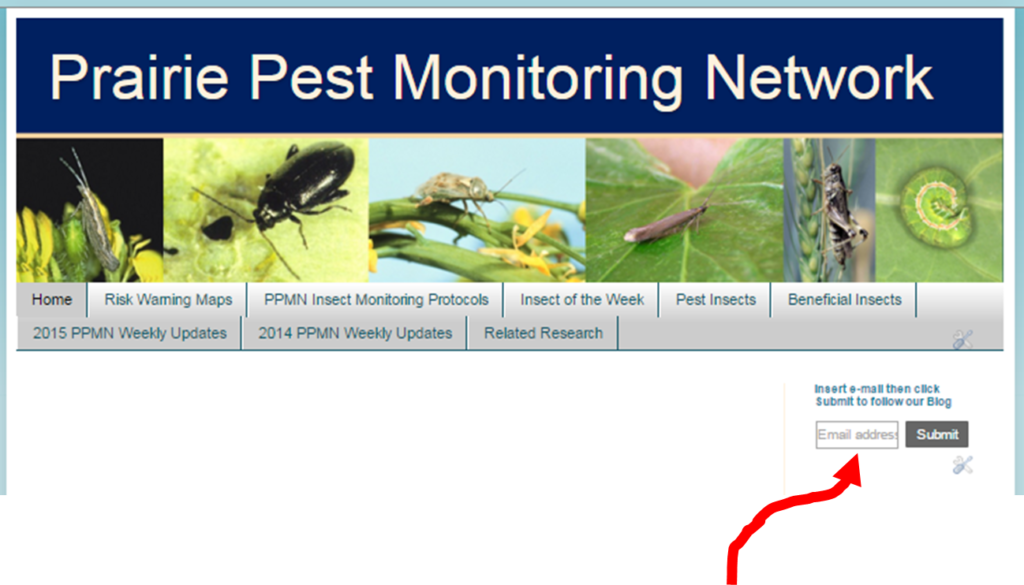Beneficial Insect of the Week was crop pests. This year,
we’re changing things up and highlighting the many natural enemies that
help you out, silently and efficiently killing off crop pests. [note: featured
Insects of the Week in 2015 are available on the Insect of the Week page]
non-crop and (semi-)natural sites for shelter, food, overwintering sites and
alternate hosts for when crop pests are either not present or in low numbers.
How you manage these sites can have a huge impact on natural enemies’ capacity
to supress pests when you need them to. These same sites are also essential
habitats for pollinators, important for maximizing yield of non-cereal seed
crops (e.g. oil seed crop). A recent publication, ‘Agricultural practices that
promote crop pest suppression by natural predators’, describes the role of
non-crop areas and management practices to nurture natural enemy populations.
this publication. There you will also find more information about natural
enemies, the pests they control and details about important crop and forage
pest insects by downloading the new Field Crop and Forage Pests and their
Natural Enemies in Western Canada – Identification and Management Field Guide.



